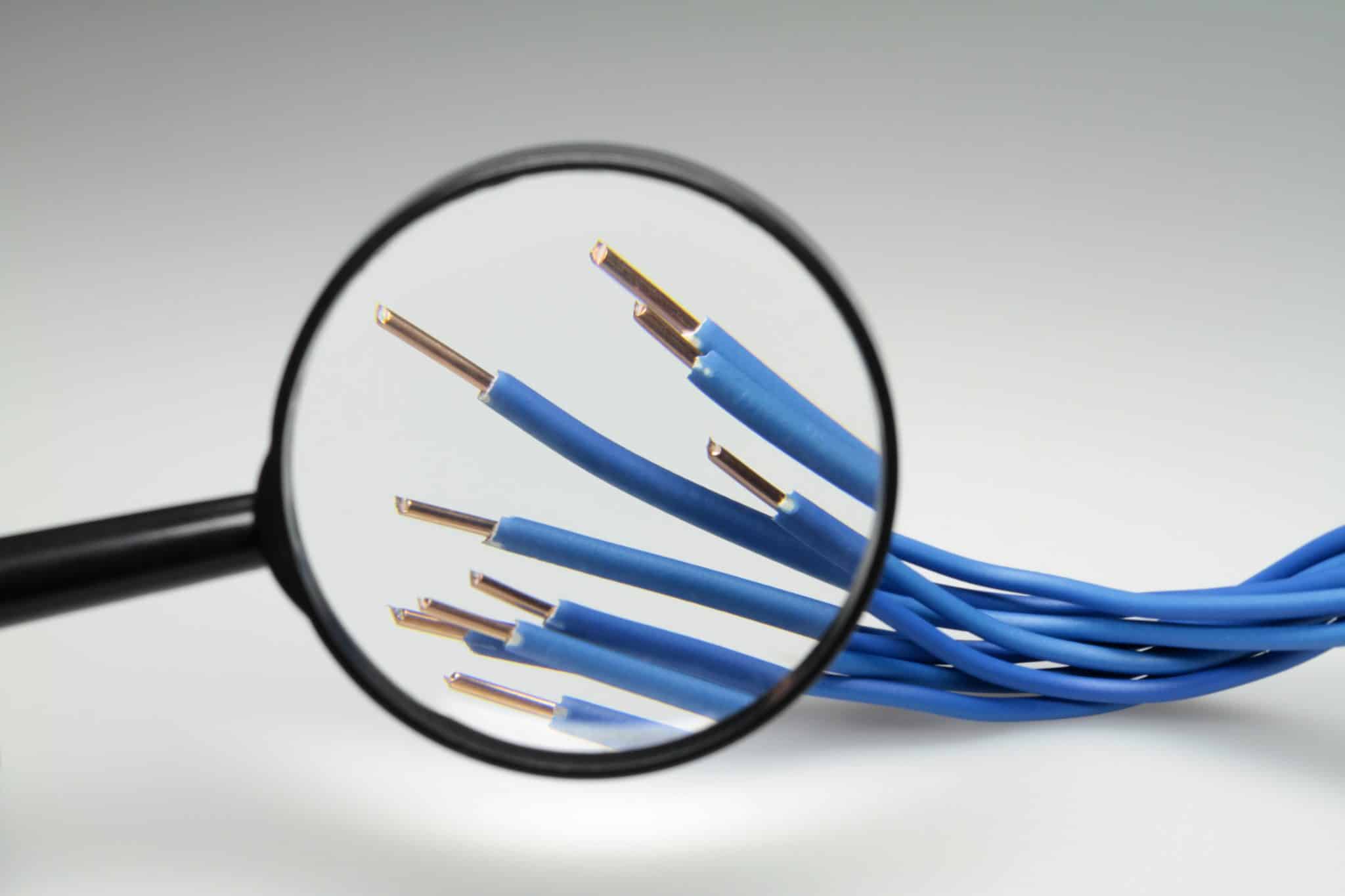How to spot counterfeit data cables
It isn’t uncommon for customers to buy cheaper data cables to save money. Unfortunately, these cheap Ethernet cables, which are most often counterfeit cables and non-compliant, pose a variety of risks and issues.
Counterfeit Cables 101
Being sufficiently aware of counterfeit cables will help you make a well-informed choice of genuine and suitable products.
What is a Counterfeit Cable?
Cables that are sold for a low cost by a data cabling manufacturer producing low-quality goods while using a reputable brand’s name are identified as counterfeit. These cables are falsely labeled as compliant with safety standards and high performance.
There could be fake labels of compliance to industry standards with certifications, including UL listed or ETL marks. These deceptively claim the cable’s properties to be verified and reviewed by a third-party testing laboratory.
Why Are There Counterfeit Cables on the Market?
The evident reason is “to save money.” Low-cost, fake manufacturers save thousands of dollars by using well-known network cabling brand names but substandard materials for manufacturing. On the other hand, customers save money since these products are marked at considerably lower prices.
The Dangers
Often overlooked while purchasing counterfeit cables, here are the dangers these products pose:
- They don’t meet the fire safety standards and, if installed, could worsen a fire, should there be one at the premises. This will lead to heavy damage to property.
- Additionally, using cables that are not compliant with safety standards leads to building code violations. This could result in legal consequences or a costly cable replacement.
- Counterfeit cables don’t comply with industry standards, leading to performance issues such as a poor network. This may require you to contact IT support to sort out these problems.
- An invalid warranty could potentially damage active equipment because of substandard plugs.
How to Spot a Counterfeit Data Cable
Here are a few noteworthy points that will help you quickly spot a counterfeit data cable:
- When the data cable packaging has poor print, typographical errors, significantly visible printing errors, or hard-to-read labels, these are the first signs of counterfeited cables.
- When the price seems extremely low in comparison to the market norms, it’s most likely counterfeit.
- Legitimate cables have ETL marks along with a control number of the manufacturer. Also, UL-certified products will include the UL holographic mark. If these aren’t visible, you can assume it’s a counterfeit cable.
- Genuine data cables are heavier since they use copper. A box or reel of cable that feels lightweight could be because the manufacturer has used Copper Clad Aluminum (CCA). This isn’t permitted for use in data cables. Copper Clad Steel Cables are cheaper; counterfeit cables give poor signals with high attenuation.
- The CMP and CMR flammability rating is critical for data cables. When a substandard quality jacket material replaces this, it’s not fireproof.
- If the cable’s connectors are foggy yellow-colored plastic, it’s typically due to the use of low-quality plastic used to modify the rejected RJ 45 connectors.
- Familiar, reputed brands will have the manufacturer’s logo and country of origin. Most unknown brands comprise counterfeiting.
Don’t forget to ramp up your attention to detail if you’re purchasing data cables. It would be best to go for dependable, long-term reliable brands in terms of network performance. Contacting a cabling service for installing and maintaining your network communication systems will ensure you get genuine network cabling installed at your premises. Extremely low prices and unfamiliar brands are the common indications of counterfeit cables and connectivity. Be sure to contact Priority Networks Inc today for more information!




